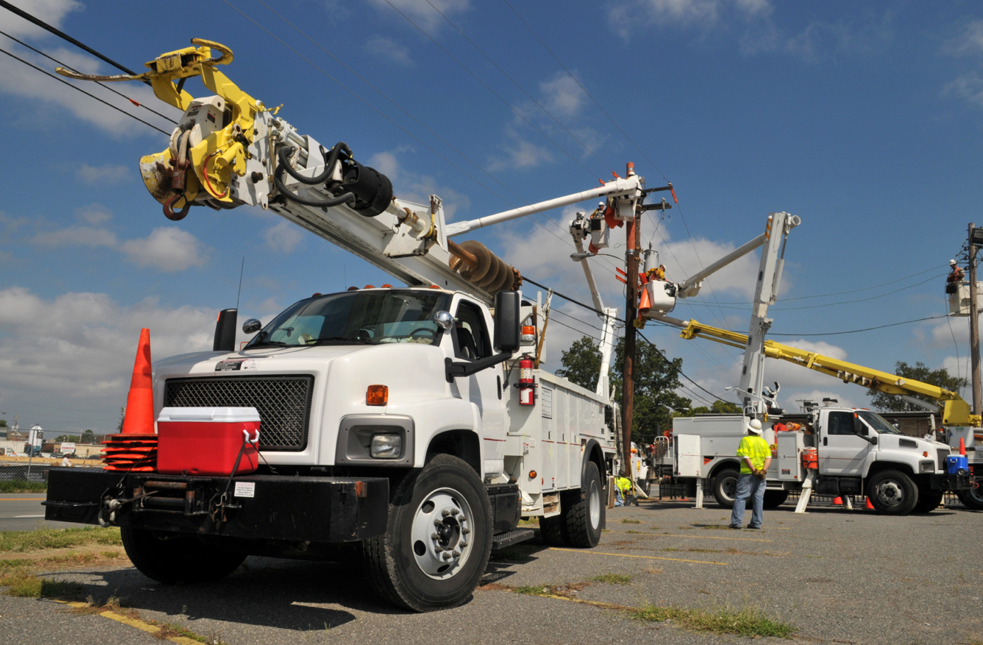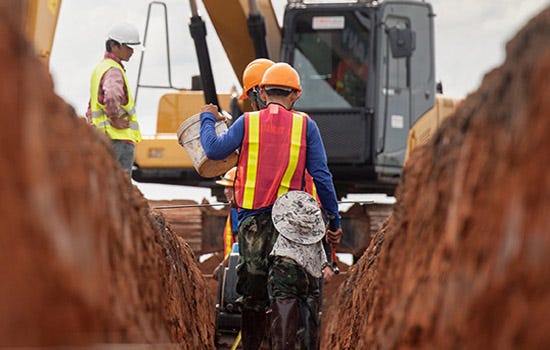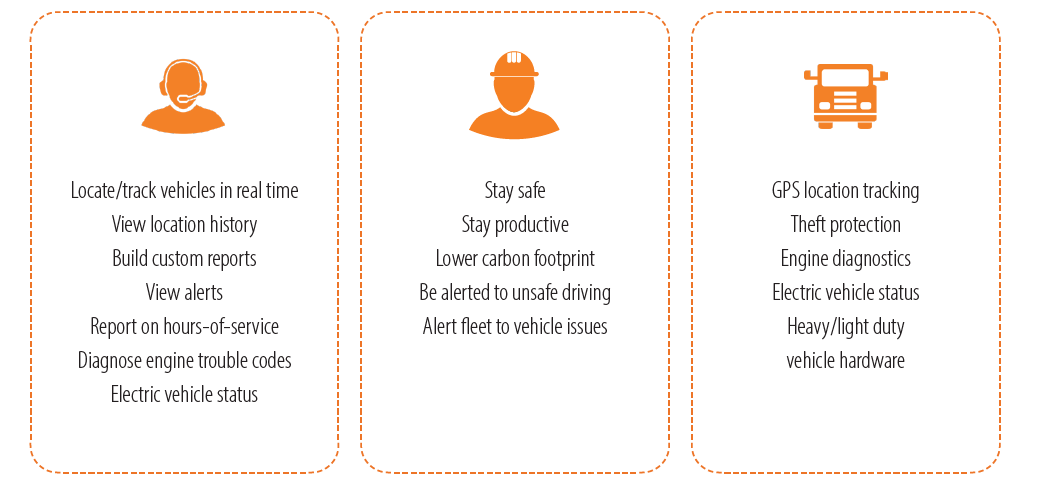Utilities rely on mobile workers and fleet vehicles to manage and respond to various activities in the field. From service calls, asset oversight, maintenance, and repair to serving as first responders in emergency scenarios such as extreme weather events.

At the same time, regulatory bodies require utilities to inspect and safeguard assets in the field. This can include everything from fleet maintenance to the regular care of linear and fixed assets. Lack of rigor can lead to service disruptions and even potentially deadly outcomes.
Whether it’s a regular maintenance issue, a customer service call, or an unexpected weather event, we rely on field crews and equipment to carry out the work. By tracking the location and status of workers and assets in the field, utilities can ensure employees are protected and the equipment they rely upon is functioning properly.
Situational awareness
Situational awareness combines location data with status information, allowing utilities to apply context to any given scenario for a deeper understanding of what’s happening in the field.
Location data on its own is one-dimensional. It limits you to a single data point into what is often a complicated situation. For example, you may locate a vehicle and worker close to an urgent call, but you have no way of knowing whether the worker is available. With status information layered in, you would see that the vehicle’s power train is engaged, indicating the worker is using the boom and therefore not the best candidate for dispatch.
Situational awareness provides you with a real-time view of your mobile workforce and equipment so that you can make informed decisions in the moment.
A requirements-driven approach
Each utility has unique requirements, including the services provided, communities served, workforce, geographical scope, climate, environment, types of assets, and other considerations.
With real-time geolocation tracking and status monitoring, utilities can manage a range of activities. Status data can include granular information such as fuel consumption by vehicle, idling trends, power drive engagement, and seat belt usage, as well as high-performance GPS capabilities that deliver real-time insights as a situation unfolds.
The following utilities face unique challenges—relying on situational awareness to help them protect workers and communities while leveraging greater operational efficiencies.
Fortis BC
Fortis BC is a leading provider of competitively priced energy solutions in British Columbia (BC), Canada. Its natural gas and electricity utilities serve 1.2 million customers across 135 communities in BC, supported by 2,300 employees.

With 48,000 kilometers of natural gas transmission and distribution pipelines to manage across a vast and varied landscape, responding to events and performing regular maintenance in the field presents significant challenges.
Fortis BC workers attend various activities, including general inspections, leak surveys, and regular fieldwork. Often, they are dispatched to very isolated areas. Given the distances traveled and remote locations, the utility must have access to real-time location tracking and status information to ensure the crews are safe and equipment is maintained properly.
In more urban areas, Fortis BC integrates fleet data with its mobile workforce management solution. This combination provides deeper insights and situational awareness for an enriched view of the operation. By monitoring fleet performance in real-time, the utility can identify and correct potential issues in the moment for greater fuel efficiency, proactive vehicle maintenance, and a safer environment for equipment and workers overall.
Read the case study on FortisBC
Aquarion Water Company
Aquarion, a subsidiary of Eversource, is the public water supply company for more than 700,000 people in 57 cities and towns in Connecticut, Massachusetts, and New Hampshire.

The utility serves customers along the northeast coast of the Atlantic Ocean in the USA, where the region is well known for frequent, bitterly cold winter storms. These colder months are challenging, with service calls increasing due to frozen water pipes and other weather-related factors. Field workers must often travel through treacherous conditions to help customers with these issues.
The utility decided to invest in situational awareness technology after reliability issues were raised with its legacy system. In particular, Aquarion wanted to monitor worker safety in the field and fleet vehicle performance in real-time.
The new system can flag dangerous or unsafe conditions based on drive times, vehicle location, and other data. The utility can also track engine diagnostics and asset information. With these insights, Aquarion can perform proactive maintenance on its fleet vehicles, extending the lives of these assets. The utility can also pinpoint where greater efficiencies are possible, reducing fuel consumption and its overall carbon footprint.
Detailed, real-time data
Although each customer faces unique challenges based on geography, services, and other factors—the overall benefits of combining location data with status information are clear:
- Administration: Make decisions based on detailed, accurate insights. Safeguard workers, proactively maintain equipment, optimize energy consumption, and ensure driver safety.
- Dispatch: Monitor vehicles, assets, and worker safety in the field in the moment. Receive alerts and intercede when a worker or asset is at risk.
- Field workers: Communicate in real-time via mobile field devices and inform the back office of issues as they arise.

When worker safety is on the line, the best data is real-time data. By monitoring location and status, utilities derive much deeper insights than simply crew and vehicle position. With rich, accurate data, a utility can save money, protect equipment—and most importantly—safeguard its workers and the communities it serves.
Learn more about IFS situational awareness solutions for utilities